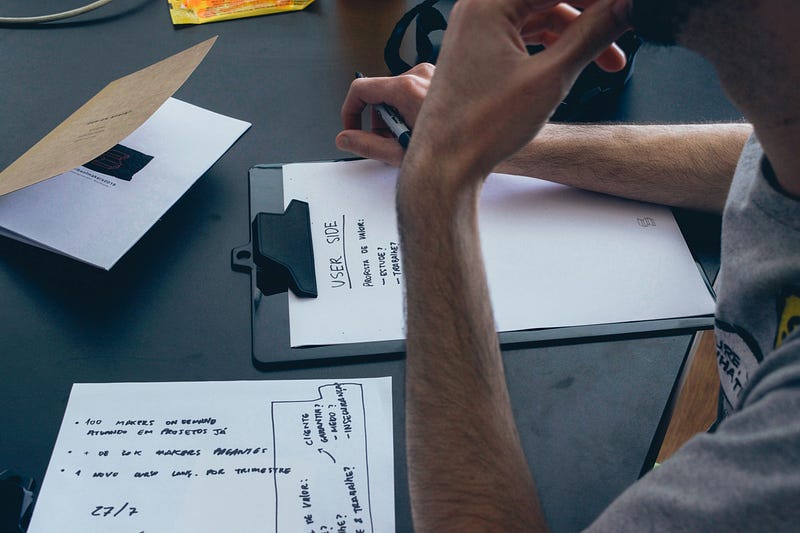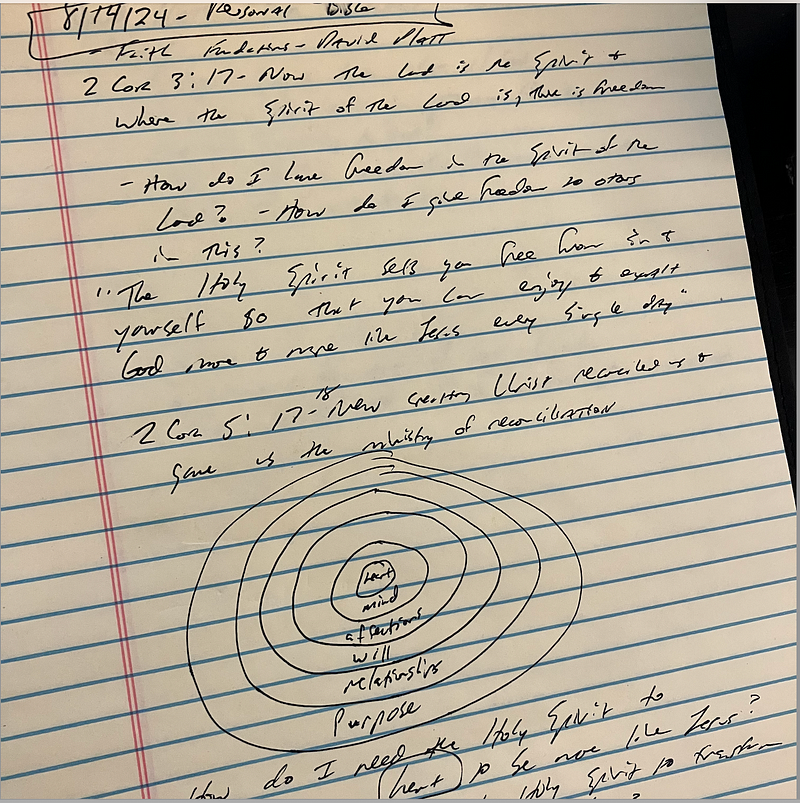Simplifying Note-Taking: A Guide to Better Productivity
Written on
Chapter 1: The Simplicity of Note-Taking
Every time I browse YouTube, I come across yet another trending method for taking notes. From bullet journaling to Zettelkasten and smart notes, it seems like everyone is trying to optimize their systems. The variety of tools available is overwhelming, with options ranging from basic apps like Apple Notes and Google Keep to more sophisticated platforms such as Notion, Roam, and Obsidian. Additionally, AI voice tools like Otter and Fathom can provide instant summaries of meetings.

5 Simple Steps to Enhance Your Note-Taking Technique
Improve your productivity without unnecessary complexity. Each of these applications claims to revolutionize how we capture and organize our thoughts, presenting a thrilling array of features that can transform note-taking into an ongoing adventure. However, we must tackle the issue of information overload.
In our daily lives, we are inundated with information, and effective note-taking serves as a strategy to manage this influx. Establishing a method to capture and process information empowers us to regain control over the chaos.
Overcoming Information Overload with Good Notes
Getting Started:
Many of us have developed the habit of note-taking since our school days, which we carry into our careers. It often feels productive and comforting, giving us the impression that we are learning and retaining significant information. However, the crucial question remains: Is all this note-taking genuinely beneficial?
It’s common for individuals to hop from one tool to another without mastering any of them or reaping real value. During my time at ClickUp, a well-known project management platform, I witnessed this cycle firsthand. Employees frequently switched tools, anticipating that the next one would resolve their workplace issues. The core issue? It's not about the tools; it's about how you utilize them.
A Straightforward Approach to Note-Taking
I refer to this approach as “straightforward” because, honestly, it’s not particularly revolutionary. If you are committed to improving your note-taking, remember this fundamental principle: keep it simple. This simplicity can be challenging to achieve, as the temptation to complicate things is always present.
If you find yourself dedicating more time to organizing your notes than to the act of taking them, it’s time to refine your process.
Focus on Fewer, More Impactful Notes:
- For Work:
- Simplicity: Use a legal pad to jot down to-do lists and meeting notes.
- Streamline: Transfer key notes to a central knowledge base like Tettra.
- Minimal Organization: Tag and categorize notes for easy access without overcomplicating the system.

- For Personal Use:
- Integrate Lists: Combine both work and personal tasks on one legal pad.
- Engagement: Write in the margins of physical books and underline essential points. For e-books, highlight key excerpts and summarize them in a tool like Notion.
- Selective Use of On-the-Go Tools: Google Keep is useful for capturing quick thoughts, but make sure to transfer significant notes to a more permanent system like Notion when possible.
Your note-taking approach should enhance your work and life, not serve as a new source of frustration or distraction.
Chapter 2: Video Insights
This video titled "Is GoodNotes 6 Worth it? - A Full Review" provides an in-depth look at the features of GoodNotes 6, helping you determine if it’s the right tool for your needs.
In the video "Why I Stopped Using GoodNotes for Notes @UChicago", the creator shares personal experiences about transitioning away from GoodNotes, offering valuable insights into note-taking preferences.